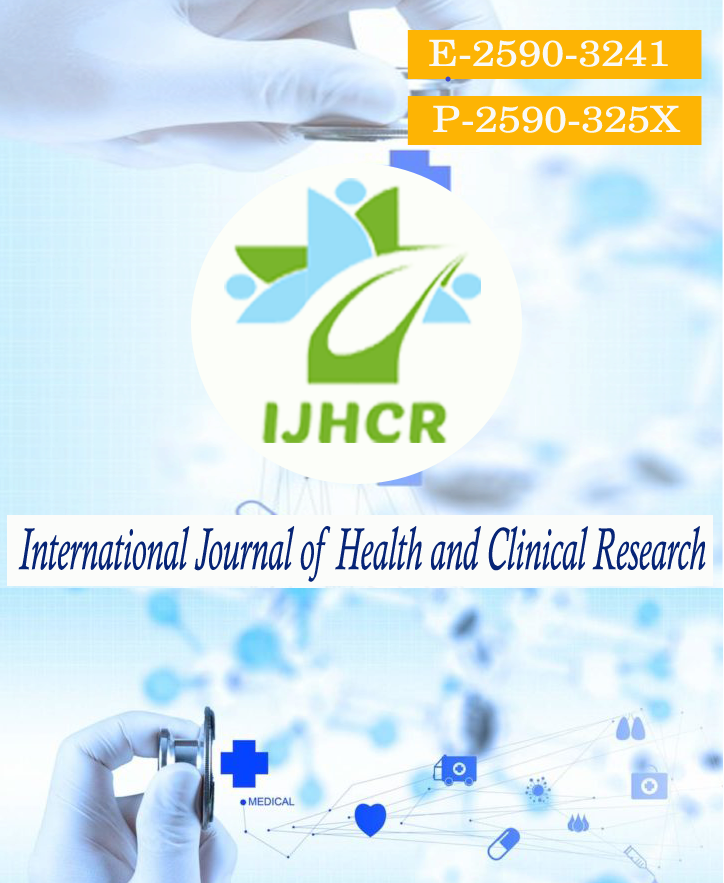Altered Interleukin 6 level in Gestational Diabetes across Eastern India
Keywords:
Gestational diabetes, interleukin 6 (IL-6), oral glucose tolerance test (OGTT), normal glucose tolerance (NGT)Abstract
Background: Gestational diabetes mellitus (GDM) is the most common pregnancy-associated metabolic disorder that is steadily increasing worldwide. Early diagnosis of pregnant women susceptible to GDM is the first step for deploying effective preventive treatment to reduce maternal, fetal, and neonatal complications. Materials & Methods: The cross-sectional study consists of 52 pregnant females routinely examined for GDM with a 75 g 2 hour oral glucose tolerance test (OGTT) at the gynecological out-patient clinic were taken as cases whereas 48 women with normal glucose tolerance (NGT) were taken as control subjects in ICARE Institute of Medical Sciences and Research, Haldia. The cases as well as controls were matched for age, gestational age as well as BMI for this study. Overnight fasting venous blood samples were obtained from all participants by arm venous puncture to assess serum IL-6 levels and other biochemical parameters in the second trimester (24–28th weeks of gestation) during GDM screening. The samples were primarily stored at room temperature for 30 min to allow the blood to clot, followed by centrifugation at 2500 rpm for 15-20 min to separate serum. Serum specimens were aliquoted and stored at −80 °C until IL-6 levels were analyzed. Glucose levels were measured with the hexokinase method using a commercially available kit whereas Insulin levels were determined using a chemiluminescent assay (Beckman Coulter, CA). Serum IL-6 levels were assayed using a commercially available enzyme-linked immunosorbent assay (ELISA) kit (Raybiotech, USA). Results: There was no significant difference in age and BMI in either of the two groups between GDM cases and control subjects (Table 1). OGTT levels were elevated in GDM cases as compared to controls which were found statistically significant. Serum IL-6 levels were increased in GDM cases as compared to controls and were statistically significant (7.85 ± 4.71 vs 4.27 ± 1.85 pg/ml; p < 0.0001). It was also observed that serum Insulin levels were higher in GDM cases as compared to controls which was statistically significant (17.14 ± 7.53 versus 9.61 ± 3.97 μ IU/ml; P < 0.0001). However, no correlation was observed between serum insulin with serum IL 6 level (r = 0.141; P = 0.398) among GDM subjects. Conclusion: Despite correlation has not been established between IL-6 and insulin in GDM cases there is a sharp rise in their levels indicating early screening of these markers could be of diagnostic importance in the prevention of the pathogenesis of Gestational diabetes. Moreover, a large longitudinal study needs to be done to conclude the fact.
Downloads
Published
How to Cite
Issue
Section
License
Copyright (c) 2021 Goutam Dutta Sarma, Vineet Kumar Khemka, Rakhi Sanyal, Syed Shahnawaz Al Hossaini, Ayon Mitra

This work is licensed under a Creative Commons Attribution 4.0 International License.






 All articles published in International Journal of Health and Clinical Research are licensed under a
All articles published in International Journal of Health and Clinical Research are licensed under a 